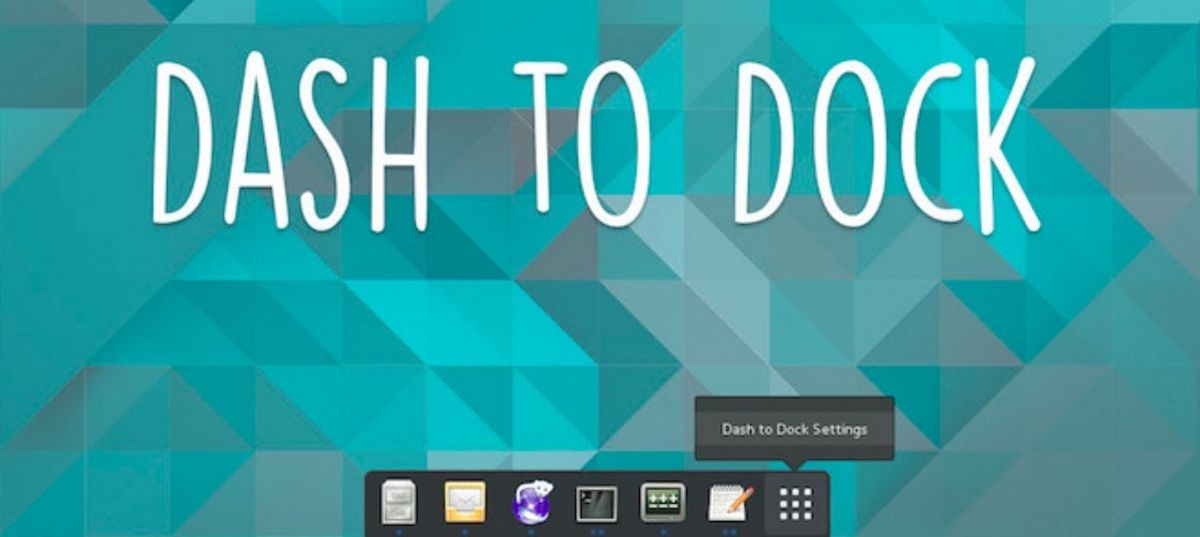
A few days ago the launch of the new version of the Dash to Dock 67 panel was presented, which is done as an extension of the Gnome Shell. It enables users to start and switch between desktop and application windows much faster.
This extension is particularly useful for Linux users who like to customize virtually every aspect of the desktop. With it, you can decide whether to show application windows, scroll through open application windows using the mouse scroll bar, view window previews using custom keyboard shortcuts, hide favorites panel and display the dock menu on as many connected monitors, among other customization options.
Also It is important to mention that based on Dash to Dock, Ubuntu Dock is built, which comes as part of Ubuntu instead of the Unity shell.
Ubuntu Dock is mainly distinguished by the default configuration and the need to use a different name to organize the updates taking into account the details of the delivery through the main Ubuntu repository and the development of functional changes is carried out as part of the project main Dash to Dock.
Dash to Dock 67 Key New Features
The new version of Dash to Dock 67 stands out for the addition of support for Gnome Shell 3.34, which required a significant modernization of the code base, with which also the support for the previous version 3.32 is discontinued.
The most important functional innovation in Dash to Dock 67 was the trash icon support and the ability to place removable drives on the icon panel. You can customize the appearance of the progress indicator through operations themes.
Of the other changes featured in the Dash to Dock 67 announcement
- Theme support: LauncherAPI - use CSS to style the progress bar color
- Theme support: border-radius not reset when dock is lowered
- Bug Fix: Fixed regression with UI transparency settings.
How to get the new version of Dash to Dock 67?
For those interested in being able to obtain the new version of Dash to Dock 67 They must have the latest version of Gnome installed on your system (which is version 3.34), since as mentioned above with the release of this new version the support for previous versions of Gnome are discontinued.
Now you can get the extension by going to the following link. Here you just have to slide the button on the left to install it on your computer.
It is important to mention that if you have just installed Gnome 3.34 on your computer and want to install this or some other extension you may see a message that you need to integrate the browser with the desktop environment.
For this only You must open a terminal and in it you are going to type one of the following commands, depending on the distribution you are using or on which it is based / derived.
If you are Arch Linux users, Manjaro, Arco Linux, or any other Arch-based distro, they should type the following:
sudo pacman -S chrome-gnome-shell
While for those who are Debian users, Deepin, Neptune OS or any other based on Debian:
sudo apt-get install chrome-gnome-shell
While for the case of Fedora and derivatives of this:
sudo dnf install chrome-gnome-shell
Or if the above command doesn't work:
sudo dnf copr enable region51/chrome-gnome-shell sudo dnf install chrome-gnome-shell
Gentoo
emerge -av gnome-extra/chrome-gnome-shell
If they are Ubuntu users, Linux Mint, Voyager or any other based on Ubuntu:
sudo apt-get install chrome-gnome-shell
Finally they will have to install an extension in their web browser so that they can install the Gnome extensions on their system from the "Gnome Extensions" website.
For those who use Chrome / Chromium from this link.
Users of Firefox and browsers based on it, the link is this.